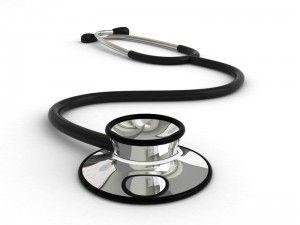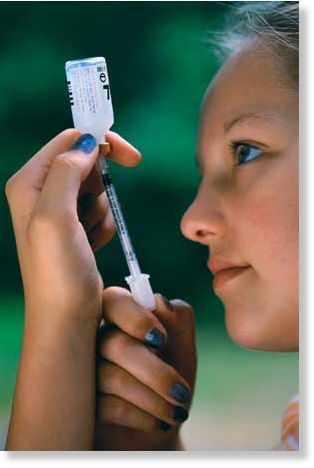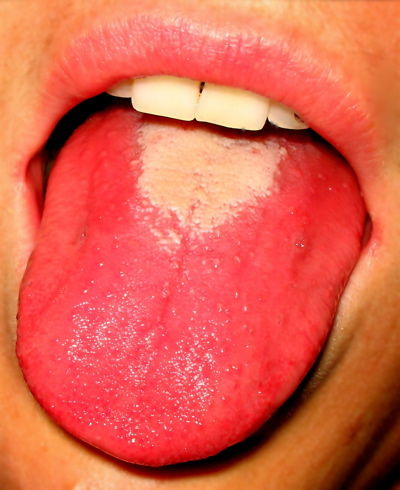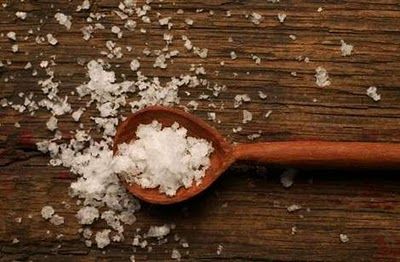
by Irving Kirsch
Basic Books, 226 pp., $15.99 (paper)
Anatomy of an Epidemic: Magic Bullets, Psychiatric Drugs, and the Astonishing Rise of Mental Illness in America
by Robert Whitaker
Crown, 404 pp., $26.00
Unhinged: The Trouble With Psychiatry - A Doctor's Revelations About a Profession in Crisis
by Daniel Carlat
Free Press, 256 pp., $25.00
It seems that Americans are in the midst of a raging epidemic of mental illness, at least as judged by the increase in the numbers treated for it. The tally of those who are so disabled by mental disorders that they qualify for Supplemental Security Income (SSI) or Social Security Disability Insurance (SSDI) increased nearly two and a half times between 1987 and 2007 - from one in 184 Americans to one in seventy-six. For children, the rise is even more startling - a thirty-five-fold increase in the same two decades. Mental illness is now the leading cause of disability in children, well ahead of physical disabilities like cerebral palsy or Down syndrome, for which the federal programs were created.
A large survey of randomly selected adults, sponsored by the National Institute of Mental Health (NIMH) and conducted between 2001 and 2003, found that an astonishing 46 percent met criteria established by the American Psychiatric Association (APA) for having had at least one mental illness within four broad categories at some time in their lives. The categories were "anxiety disorders," including, among other subcategories, phobias and post-traumatic stress disorder (PTSD); "mood disorders," including major depression and bipolar disorders; "impulse-control disorders," including various behavioral problems and attention-deficit/hyperactivity disorder (ADHD); and "substance use disorders," including alcohol and drug abuse. Most met criteria for more than one diagnosis. Of a subgroup affected within the previous year, a third were under treatment - up from a fifth in a similar survey ten years earlier.
Nowadays treatment by medical doctors nearly always means psychoactive drugs, that is, drugs that affect the mental state. In fact, most psychiatrists treat only with drugs, and refer patients to psychologists or social workers if they believe psychotherapy is also warranted. The shift from "talk therapy" to drugs as the dominant mode of treatment coincides with the emergence over the past four decades of the theory that mental illness is caused primarily by chemical imbalances in the brain that can be corrected by specific drugs. That theory became broadly accepted, by the media and the public as well as by the medical profession, after Prozac came to market in 1987 and was intensively promoted as a corrective for a deficiency of serotonin in the brain. The number of people treated for depression tripled in the following ten years, and about 10 percent of Americans over age six now take antidepressants. The increased use of drugs to treat psychosis is even more dramatic. The new generation of antipsychotics, such as Risperdal, Zyprexa, and Seroquel, has replaced cholesterol-lowering agents as the top-selling class of drugs in the US.











Comment: You can avoid the mistakes Dr Eades continues to make by cutting out coffee and alcohol altogether. Caffeine stimulates the pancreas and messes with blood sugar levels and can cause fat deposition in lumpy bumps. That's the hidden effect of coffee that you get even if you don't get an initial "reaction" to it. If you haven't read "Life Without Bread" and "The Vegetarian Myth", do so as soon as possible as everyone really needs to understand the science of how the body works in order to know how what you put in your mouth is actually affecting you.
As regards alcohol, this comes from sugar and its transformation requires the assistance of the fungi yeast. Consider this from Buzz: The Science and Lore of Alcohol and Caffeine: And here's some perspective about the reputed benefits associated with moderate alcohol drinking, also from Buzz: